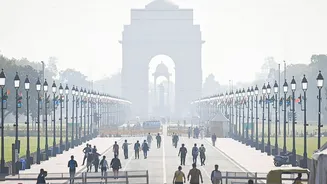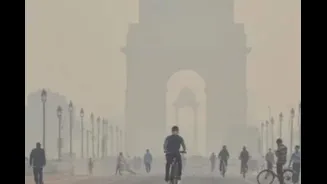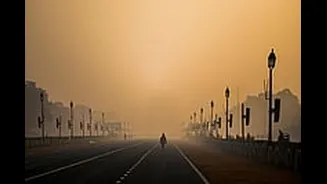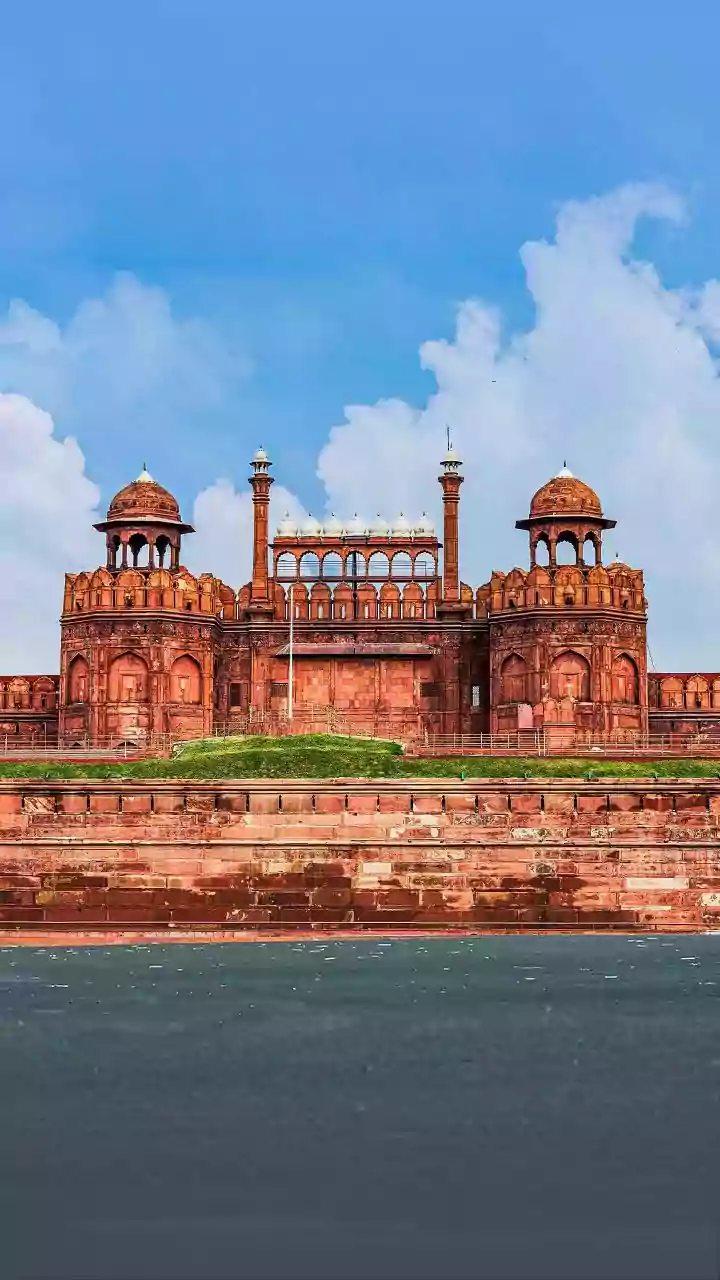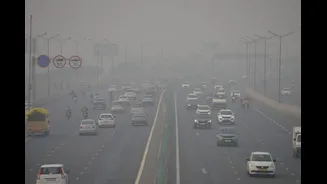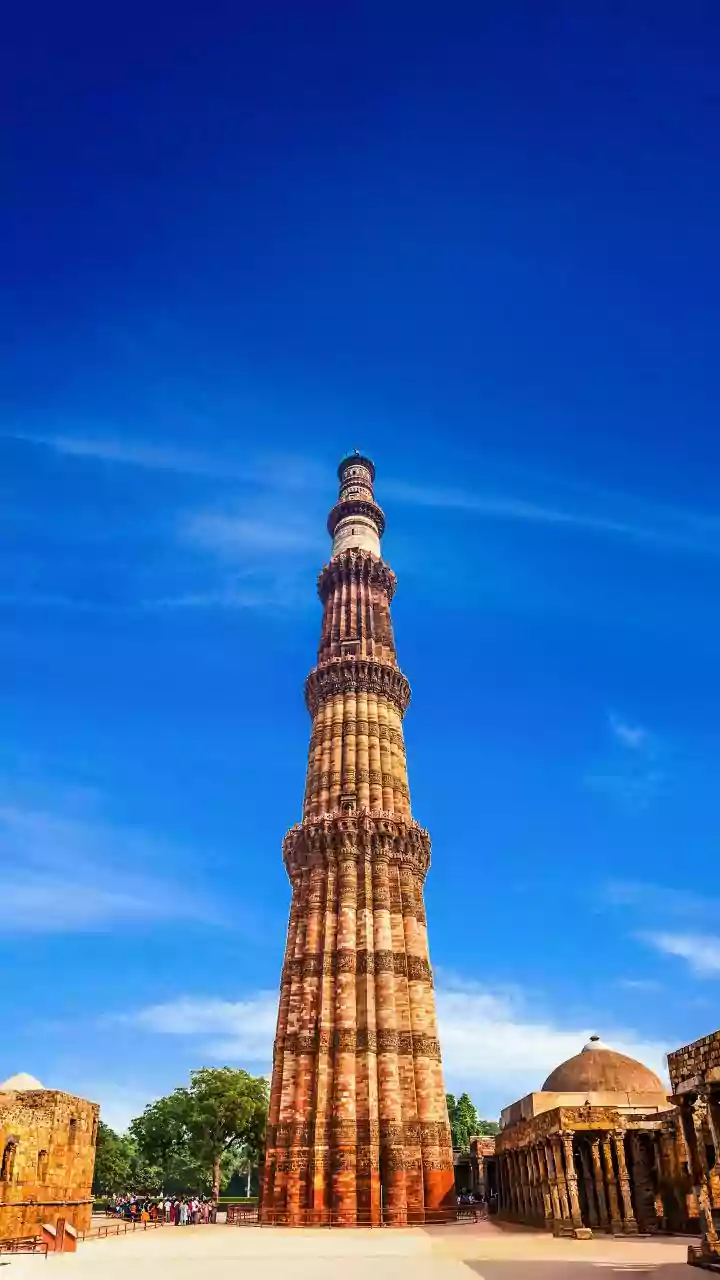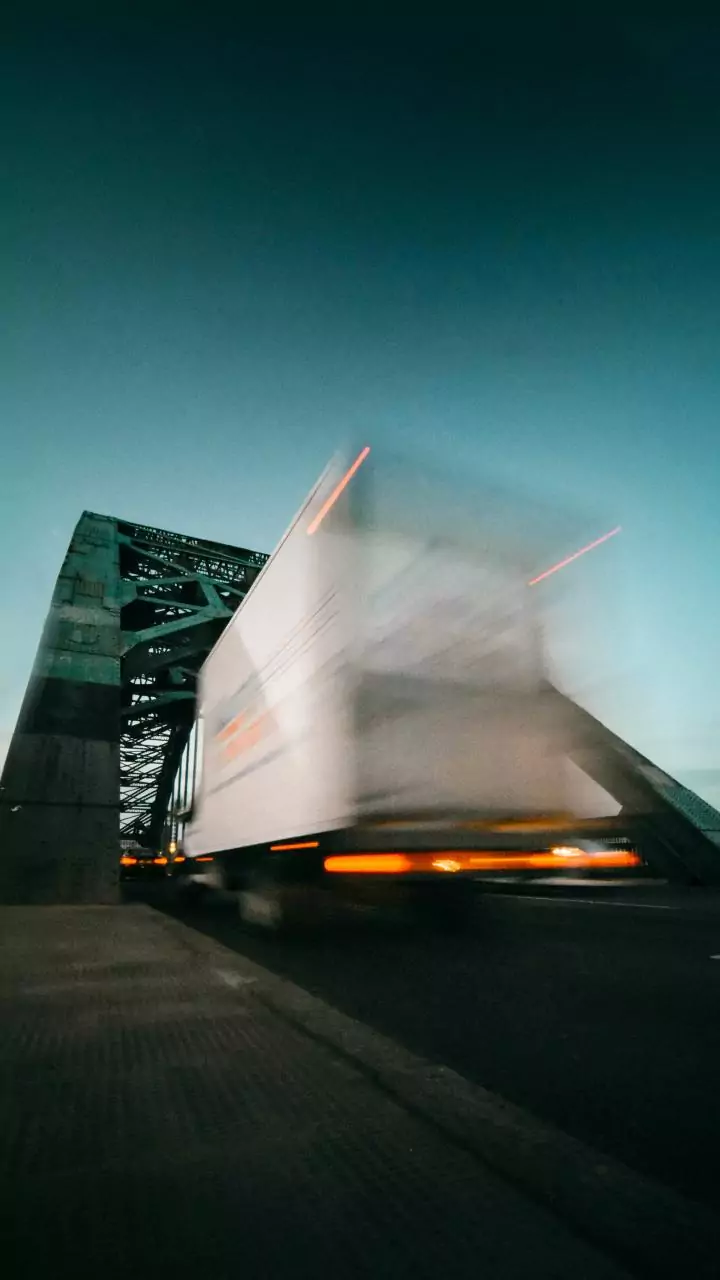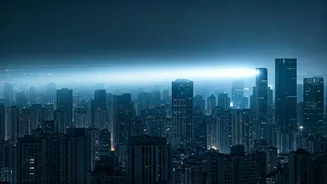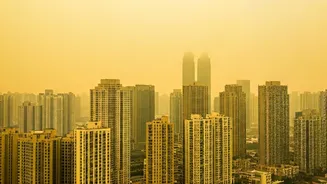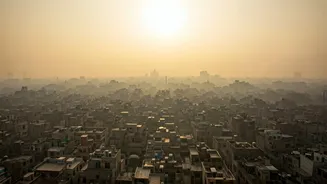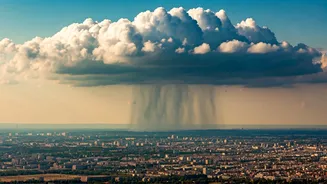New Delhi: A thick haze blanketed Delhi on Sunday morning as the city’s air quality worsened sharply just a day before Diwali. Several areas in the national
capital recorded “very poor” to “severe” levels of pollution.
According to the Central Pollution Control Board (CPCB), Delhi’s overall Air Quality Index (AQI) stood at 274 at 5:30 am, placing it in the “poor” category for the sixth consecutive day. However, by 7 am, air quality had deteriorated further across several localities, with Anand
Vihar recording the highest pollution level at 426 and categorised as “severe.”Other areas such as RK Puram recorded (322), Vivek Vihar (349), Ashok Vihar (304), Bawana (303), and Jahangirpuri (314) remained in the “very poor” range. Around Akshardham, the AQI touched 426.
The CPCB classifies air quality between 0–50 as “good,” 51–100 as “satisfactory,” 101–200 as “moderate,” 201–300 as “poor,” 301–400 as “very poor,” and 401–500 as “severe.”
By Saturday evening, nine of the 38 monitoring stations in the city, including Anand Vihar, Wazirpur, Bawana, Jahangirpuri, Okhla, Vivek Vihar, Dwarka, and Siri Fort had already recorded “very poor” air quality.
NCR also chokes on polluted air
Neighbouring cities in the National Capital Region (NCR) also reported similar trends. Loni in Ghaziabad recorded an AQI of 341. Noida’s Sector 125 and Gurugram’s Sector 51 both reported 342, falling in the “very poor” category.
The rising pollution levels can be attributed to multiple factors such as vehicular emissions and stubble burning in Punjab and Haryana.
GRAP Phase 1 already in effect
The first phase of the Graded Response Action Plan (GRAP-I) has already been implemented across Delhi-NCR to curb pollution. The Air Quality Early Warning System has forecast that pollution levels are likely to remain in the “poor to very poor” range in the coming days.
